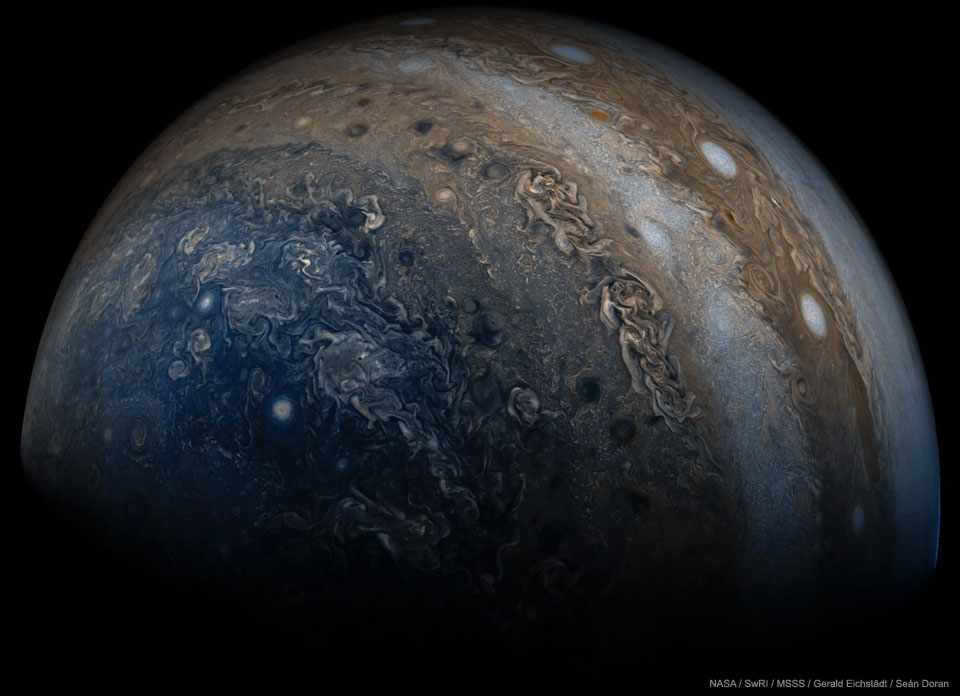Visualization Credit: NASA, ESA, and F. Summers, G. Bacon, Z. Levay, and L. Frattare (Viz 3D Team, STScI);
Acknowledgment: T. Rector/University of Alaska Anchorage, H. Schweiker/WIYN and NOAO/AURA/NSF, NASA, ESA, and the Hubble Heritage Team (STScI/AURA)
Explanation: What would it look like to approach the Bubble Nebula? Blown by the wind and radiation from a massive star, this bubble now spans seven light-years in diameter. The hot star inside is thousands of times more luminous than our Sun, and is now offset from the nebula's center. The visualization starts with a direct approach toward the Bubble Nebula (NGC 7635) and then moves around the nebula while continuing the approach. The featured time-lapse visualization is extrapolated from images with the orbiting Hubble Space Telescope and the WIYN telescope on Kitt Peak in Arizona, USA. The 3D-computer model on which this visualization is based includes artistic interpretations, and distances are significantly compressed.

